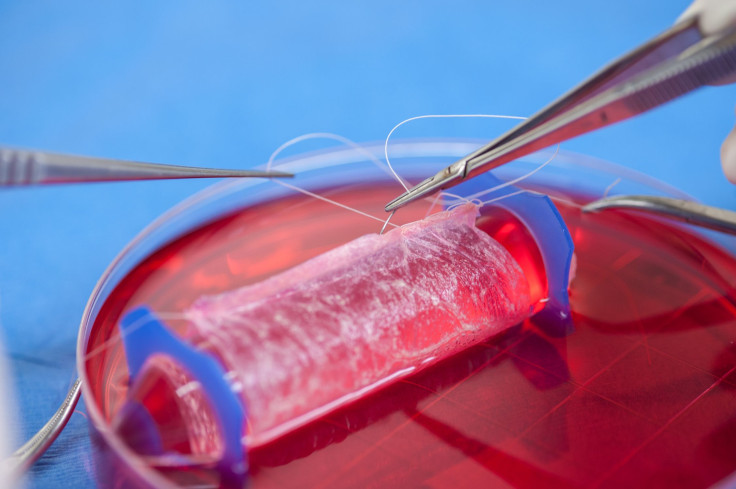Lab-Grown Vaginas Successfully Implanted In 4 Teenage Girls; Offer Normal, Pain-Free Function 8 Years Later

Eight years after they received initial implantation, the first recipients of laboratory-grown vaginal organs are still enjoying normal, pain-free function, a new study published in The Lancet reports.
The four teenagers, ages 13 to 18 at the time of their surgery, were all born with Mayer-Rokitansky-Küster-Hauser (MRKH) syndrome, a rare genetic condition in which the vagina and uterus either underdevelop or fail to develop at all. Given the success of the current patients, researchers from Wake Forest University’s Institute for Regenerative Medicine believe the treatment could also apply to women who suffer from vaginal cancer or have sustained serious injuries.
"This pilot study is the first to demonstrate that vaginal organs can be constructed in the lab and used successfully in humans," said team leader Dr. Anthony Atala in a news release, adding that the study reflects regenerative medicine’s wide applicability. "This may represent a new option for patients who require vaginal reconstructive surgeries.”
Scientists originally began construction on the organs by drawing samples of the patients’ own muscles and cells, in the form of biopsies, from their external genitals. They extracted the cells from the tissues, expanded them, and worked each model into the shape of a vagina with the help of biodegradable scaffolding. Roughly five to six weeks after the biopsies, surgeons created a canal in the patients’ pelvis, where they could implant each of the scaffoldings and attach them to reproductive structures. From there, the body takes over. New tissues and cells latch on to the scaffolding and the body eventually replaces it with its own, real organ.
"Tissue biopsies, MRI scans, and internal exams using magnification all showed that the engineered vaginas were similar in makeup and function to native tissue,” explained Atlantida-Raya Rivera, lead author and director of the HIMFG Tissue Engineering Laboratory.
Follow-up tests showed the scaffolding tissue had meshed so seamlessly with the native tissue that the break was indistinguishable. Each subject emerged from the implantation with normally-functioning organs and an otherwise healthy sexual desire. They were also able to have sex pain-free.
MRKH syndrome affects roughly one out of every 4,500 newborn girls, according to the National Institutes of Health. Before the new method of treatment, doctors relied on dilating the existing tissues or reconstructing the organ from other parts of the patient’s body, in the form of skin grafts or drawing tissues from the inside of the abdominal cavity. The difference between these methods and the new one is an absence of muscle. Without the necessary musculature, a patient’s vagina could end up narrowing or contracting over time. Researchers estimate the complication rate of this form of treatment to be around 75 percent.
In addition to implanting vaginal organs, Atala and his colleagues have successfully implanted lab-engineered urethras into young boys and replacement bladders in young children. Their initial finding came in the mid-1990s, when they discovered how to construct artificial scaffolding for vaginal organs in mice and rabbits.
“This technology,” Atala concluded, “is another example of how these strategies of regenerative medicine can be used to make patients’ lives better.”
Source: Raya-Rivera A, Esquiliano D, Fierro-Pastrana R, et al. Tissue-engineered autologous vaginal organs in patients: a pilot cohort study. The Lancet. 2014.



























